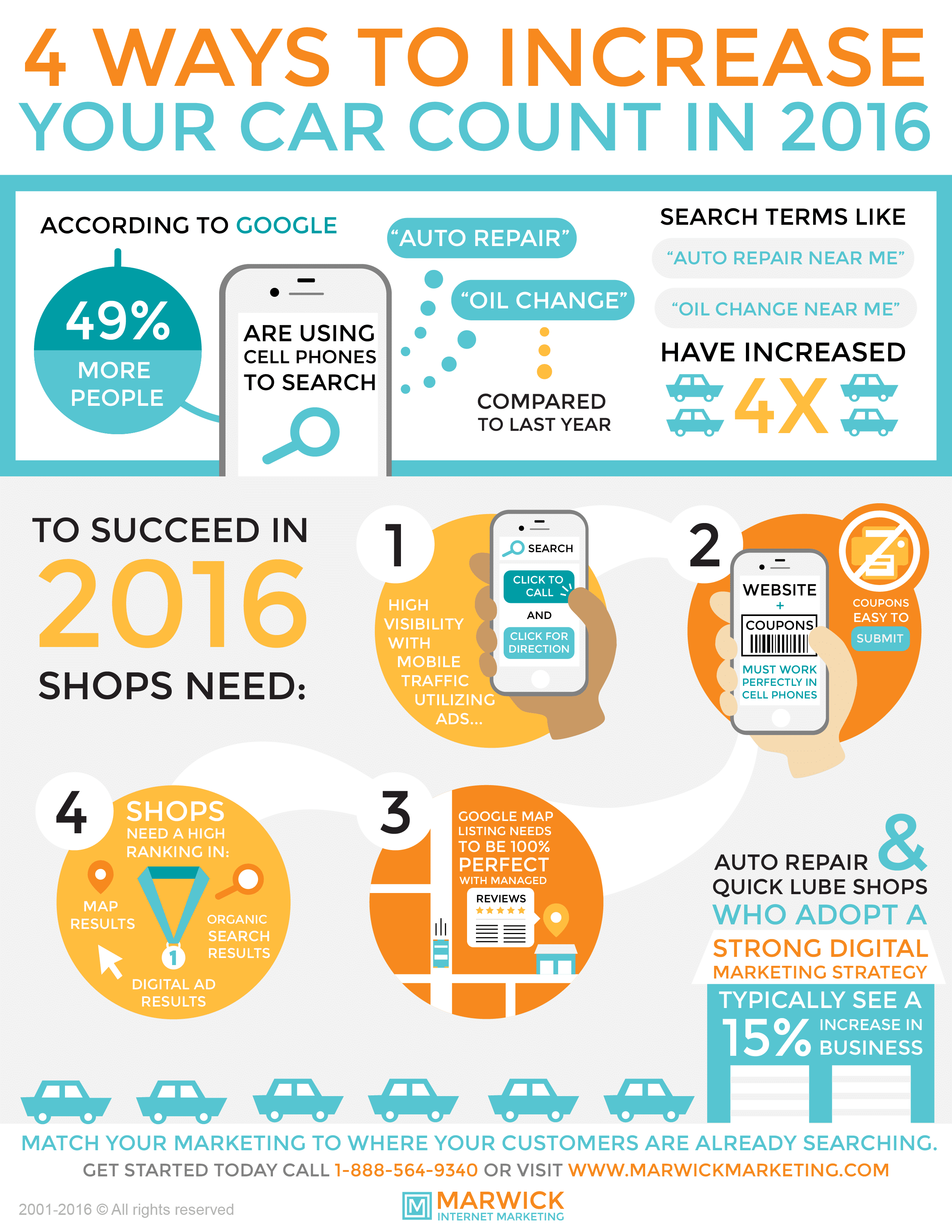Interpreting Your Auto'S Alert Lights: Their Real Effects
Interpreting Your Auto'S Alert Lights: Their Real Effects
Blog Article
Developed By-Termansen Torres
When you're behind the wheel, those beautiful warning lights on your control panel can be a little bit perplexing. Do you know what they're trying to inform you regarding your auto's wellness? Recognizing the significance of these lights is important for your safety and security and the durability of your vehicle. So, the next time among those lights pops up, would not you wish to understand its message precisely and take the necessary actions to address it?
Common Warning Lights and Interpretations
Recognize typical caution lights in your car and understand their definitions to make certain safe driving.
The most common warning lights consist of the check engine light, which signifies issues with the engine or exhausts system. If this light begins, it's vital to have your car checked quickly.
The oil stress cautioning light indicates low oil pressure, calling for instant interest to avoid engine damages.
A flashing battery light could suggest a malfunctioning charging system, potentially leaving you stranded if not resolved.
The tire pressure surveillance system (TPMS) light notifies you to reduced tire stress, affecting lorry stability and fuel efficiency. Disregarding this could cause unsafe driving problems.
The ABS light indicates an issue with the anti-lock braking system, jeopardizing your capacity to quit quickly in emergency situations.
Lastly, the coolant temperature level warning light warns of engine getting too hot, which can cause severe damages if not fixed promptly.
Understanding these usual caution lights will certainly aid you address concerns without delay and keep risk-free driving problems.
Significance of Prompt Focus
Comprehending the common warning lights in your car is just the very first step; the importance of quickly addressing these warnings can't be emphasized enough to ensure your safety and security when traveling.
When a warning light brightens on your control panel, it's your cars and truck's method of connecting a potential concern that requires attention. Overlooking relevant site can bring about much more serious problems later on, compromising your safety and potentially costing you extra out of commission.
Trigger focus to warning lights can protect against breakdowns and accidents. For car wash for boats , a blinking check engine light can suggest a misfire that, if left ignored, might create damages to the catalytic converter. Resolving this without delay can save you from a pricey repair.
Similarly, a brake system advising light might signal low brake liquid or used brake pads, critical components for your safety when driving.
Do It Yourself Troubleshooting Tips
If you discover a caution light on your control panel, there are a couple of do it yourself repairing suggestions you can attempt before seeking specialist aid.
The first step is to consult your car's handbook to recognize what the specific warning light suggests. In some cases the issue can be as straightforward as a loose gas cap activating the check engine light. Tightening https://air-lift-performance-kits39517.blogrenanda.com/37347850/emerging-trends-in-auto-repair-service-what-to-prepare-for-in-the-years-ahead may settle the issue.
An additional typical concern is a reduced battery, which can trigger various cautioning lights. Inspecting the battery connections for corrosion and guaranteeing they're secure might fix the issue.
If a warning light persists, you can try resetting it by detaching the cars and truck's battery for a couple of minutes and afterwards reconnecting it. Additionally, checking your automobile's liquid degrees, such as oil, coolant, and brake liquid, can help troubleshoot advising lights related to these systems.
Verdict
In conclusion, recognizing your car's warning lights is crucial for keeping your vehicle running smoothly and securely. By promptly addressing these signals and knowing what they imply, you can prevent costly fixings and possible malfunctions.
Remember to consult your cars and truck's handbook for certain information on each cautioning light and act accordingly to ensure a trouble-free driving experience.
Stay educated, stay safe on the road!
